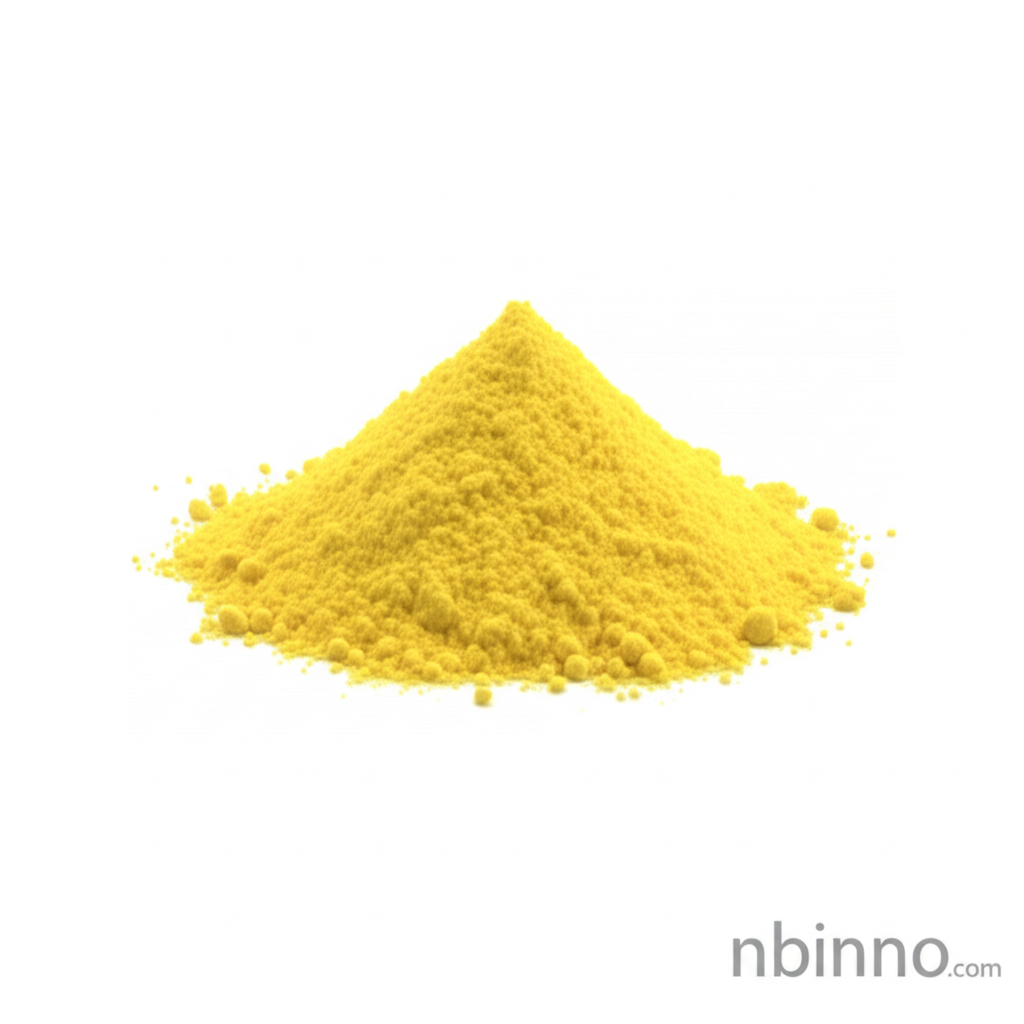4-Aminoacetophenone: A Key Organic Intermediate for Pharmaceutical and Analytical Applications
Explore the versatile uses of 4-Aminoacetophenone, a high-purity compound essential for modern chemical synthesis and analysis.
Get a Quote & SampleProduct Core Value

4-Aminoacetophenone
4-Aminoacetophenone, with CAS number 99-92-3, is a critical compound in the chemical industry, renowned for its high purity (99%) and wide-ranging applications. It serves as a foundational building block for complex organic synthesis, particularly within the pharmaceutical sector.
- Leverage 4-Aminoacetophenone pharmaceutical intermediate capabilities for novel drug discovery. This compound is instrumental in creating new therapeutic agents.
- Utilize CAS 99-92-3 organic reagent properties for precise chemical reactions, enabling efficient synthesis of complex molecules.
- Explore the synthesis of anticancer drugs 4-Aminoacetophenone, contributing to advancements in oncology research and treatment development.
- Employ 4-Aminoacetophenone for nerve agent sensors, developing advanced detection technologies for safety and security applications.
- Benefit from its role as a photometric determination of cerium reagent, enhancing accuracy in scientific analysis and quality control processes.
Product Advantages
High Purity and Quality
Ensuring superior performance in your organic synthesis endeavors, 4-Aminoacetophenone offers a purity level of 99%, critical for sensitive chemical processes.
Versatile Applications
From intricate pharmaceutical intermediate synthesis to precise analytical determinations, this compound offers exceptional versatility across scientific disciplines.
Advancement in Research
Its role in developing novel therapeutics and analytical tools, such as 4-Aminoacetophenone for nerve agent sensors, positions it at the forefront of scientific innovation.
Key Applications
Pharmaceutical Synthesis
As a vital pharmaceutical intermediate, 4-Aminoacetophenone is key in manufacturing various medicines and health-related organic products.
Organic Synthesis
Its properties make it an excellent organic reagent for synthesizing a wide array of complex organic compounds with high precision.
Analytical Chemistry
Used as a reagent for the photometric determination of elements like cerium and metals like palladium, it enhances analytical accuracy.
Biotechnology Research
Applications in developing biosensors and in the preparation of anticancer agents highlight its significance in advanced scientific research.
